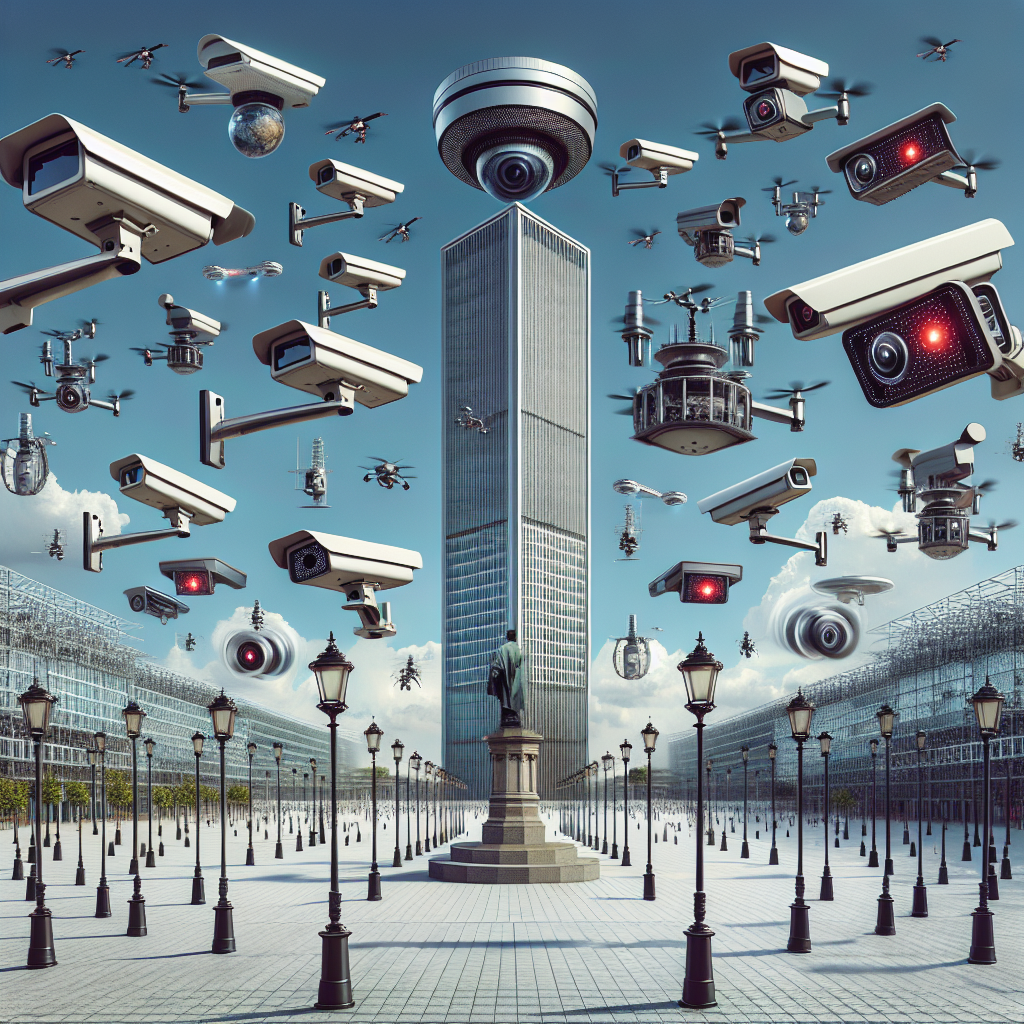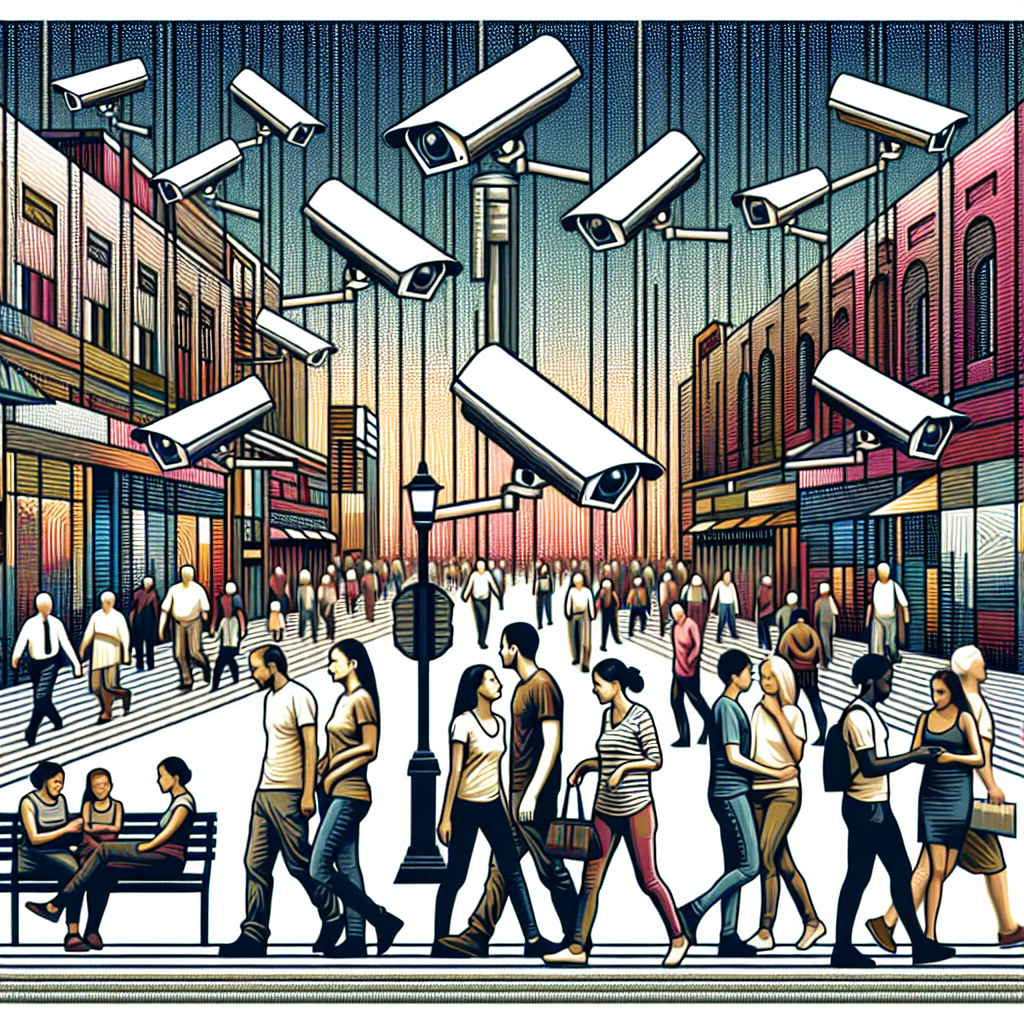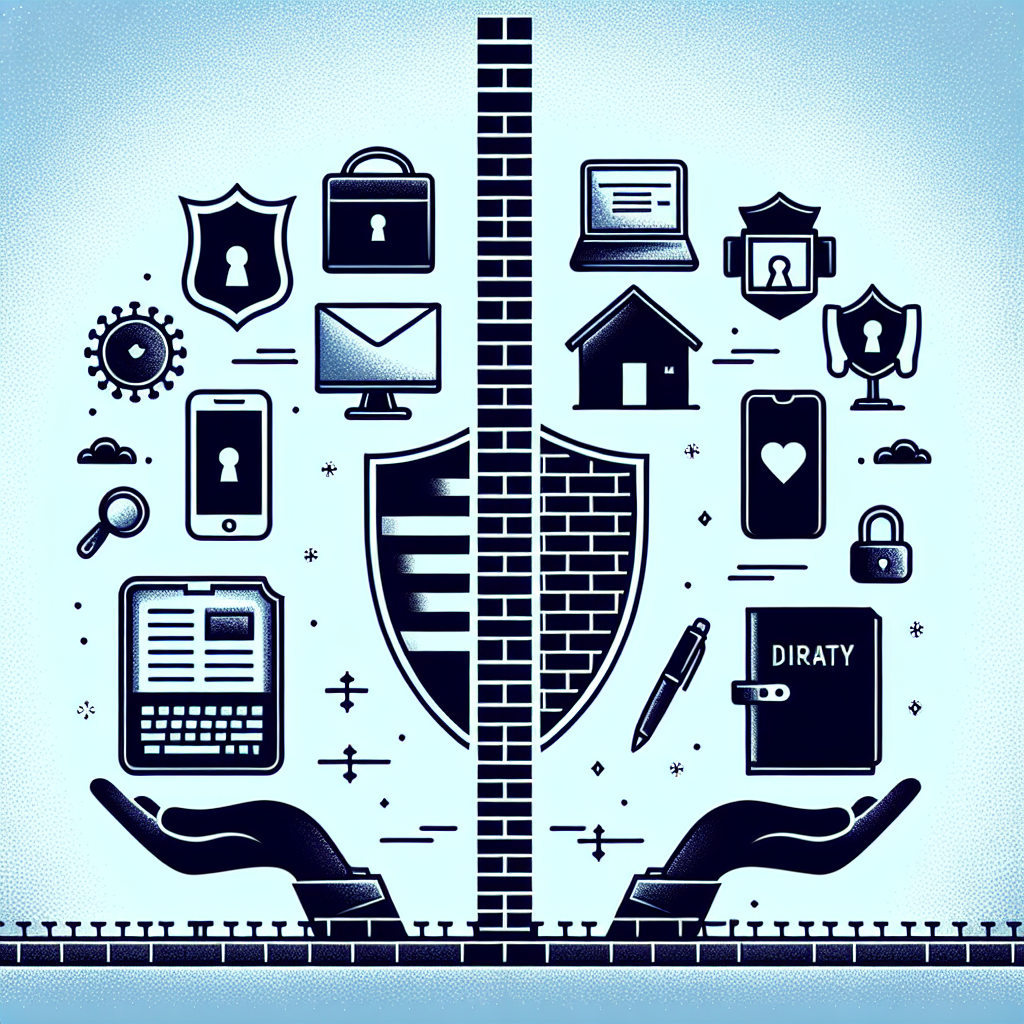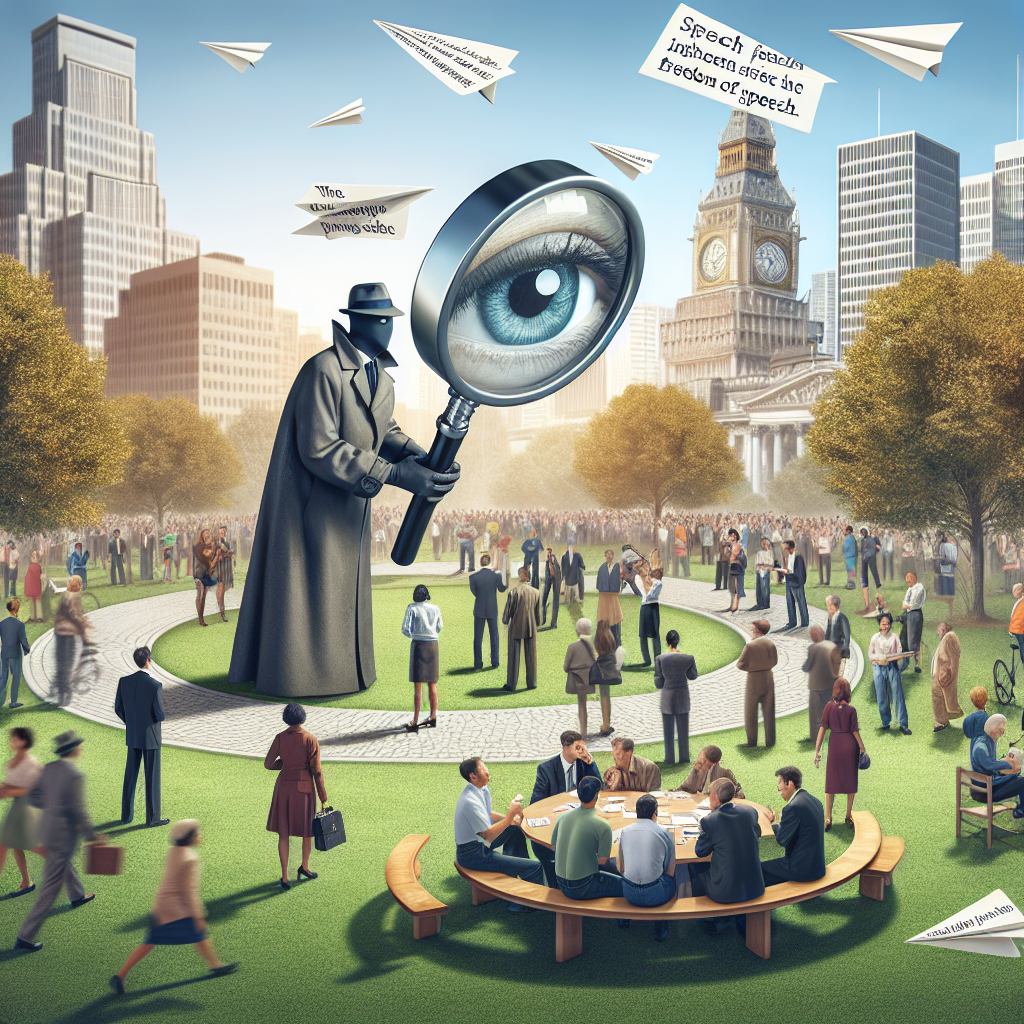The Rise of Surveillance Technology: Government Eyes on Every Corner
Surveillance technology has evolved into an omnipresent force in modern society, transforming the dynamics of privacy, security, and civil liberties. This article explores the implications of advanced surveillance tools like CCTV, drones, artificial intelligence (AI), and biometric systems, analyzing how these technologies are reshaping our daily lives and the role they play in government oversight.
The Origins of Surveillance Technology
The roots of surveillance can be traced back to ancient civilizations, where rulers deployed emissaries to monitor their subjects. However, the technological advancements of the 20th century accelerated the adoption of more systematic surveillance mechanisms. Initially, techniques like wiretapping and basic audio recording were utilized primarily for criminal investigations. With the rise of the internet and digital communication, surveillance took on a new dimension.
CCTV Cameras: The Ubiquitous Watchers
Closed-circuit television (CCTV) cameras have proliferated in urban areas, schools, and public spaces. Cities like London and New York have amassed thousands of cameras strategically placed to capture daily activities. The UK is one of the most surveilled nations globally, with an estimated one camera for every 13 people. Proponents argue that CCTV enhances public safety and deters crime; however, critics cite concerns over privacy infringements and the effectiveness of this approach.
Facial Recognition Technology
Facial recognition is among the most controversial and advanced tools available to government agencies. This AI-driven technology identifies individuals based on facial features, enabling law enforcement to monitor public spaces and access databases for real-time tracking. While it holds the potential to aid in criminal investigations, issues surrounding accuracy, bias, and ethical considerations have prompted significant debate.
Critics point out that racial and gender biases inherent in facial recognition algorithms can lead to wrongful identifications. Furthermore, such systems can create a mass surveillance environment, eroding citizens’ expectation of privacy. For example, cities like San Francisco and Boston have moved to ban facial recognition technology due to these concerns.
Drones in Surveillance
Unmanned aerial vehicles (UAVs), or drones, have emerged as a powerful tool in surveillance operations. Governments, law enforcement agencies, and private companies utilize drones to monitor large crowds, inspect borders, and even conduct reconnaissance on potential threats. Equipped with high-resolution cameras and thermal imaging, drones can capture data from vast areas that ground-based surveillance methods cannot reach.
While drones can provide valuable insights and support public safety initiatives, their use raises questions regarding the extent of surveillance authority and the need for regulations to protect citizens’ privacy. As a result, many jurisdictions are exploring legislation to govern drone usage and limit invasive practices.
Internet Surveillance and Data Collection
The expansion of the internet has fostered an unprecedented era of digital surveillance. Governments worldwide engage in various forms of online monitoring, including social media surveillance, metadata analysis, and comprehensive data collection. Law enforcement agencies often justify these practices as necessary for national security.
One significant instance occurred with the revelations by whistleblower Edward Snowden in 2013, revealing the extensive data collection activities of the National Security Agency (NSA) in the United States. This triggered global debates about privacy rights, leading to calls for enhanced transparency and oversight regarding surveillance practices.
Impact of Artificial Intelligence
AI plays a pivotal role in modern surveillance technology, enabling faster data processing and pattern recognition capabilities. From predictive policing to automated license plate recognition, AI systems can analyze vast amounts of data in real-time, allowing law enforcement to identify potential threats before they escalate.
However, this reliance on AI raises ethical questions, particularly concerning accountability and bias. For instance, algorithms designed to predict criminal behavior may inadvertently perpetuate stereotypes and disproportionately target marginalized communities. The conversation around ethical AI governance is crucial as societies navigate the balance between security and individual rights.
The Role of Legislation and Oversight
As surveillance technologies become increasingly sophisticated, the need for comprehensive legislation and oversight has never been more pressing. Governments must establish clear guidelines to regulate surveillance practices, ensuring that individuals’ rights are protected. Initiatives like the General Data Protection Regulation (GDPR) in Europe represent steps toward establishing a framework for data privacy and individual consent regarding surveillance.
Oversight mechanisms are vital to maintaining accountability. Independent review boards can help monitor the use of surveillance technologies, ensuring compliance with legal standards while safeguarding civil liberties.
Public Perception and Resistance
Public perception of surveillance technology varies widely, influenced by individual experiences, local contexts, and societal attitudes toward privacy and security. While some citizens view surveillance as an essential tool for protecting public safety, others express concern over its implications for personal freedoms.
Grassroots movements advocating for privacy rights have gained traction worldwide, emphasizing the importance of protecting civil liberties in the face of expanding surveillance practices. Organizations like the Electronic Frontier Foundation (EFF) and Privacy International work actively to raise awareness and push for legislative changes.
Global Trends in Surveillance Technology
Countries across the globe are adopting surveillance technologies at different rates, reflecting varying degrees of government transparency, public acceptance, and legal frameworks. Authoritarian regimes often employ surveillance tools to suppress dissent and monitor opposition activities, raising human rights concerns. In contrast, democracies are grappling with how to balance security needs with individual freedoms, often resulting in contentious debates.
For instance, countries like China have implemented extensive surveillance systems that integrate facial recognition and AI to track citizens’ movements. The implications are severe, as such systems contribute to an oppressive environment where dissent is swiftly met with repercussions. On the other hand, nations like Canada and Germany have adopted a more cautious approach, emphasizing privacy and data protection as fundamental rights.
The Future of Surveillance Technology
As technology continues to evolve, the future of surveillance remains uncertain. Innovations in AI, biometric identification, and data analytics promise to further enhance surveillance capabilities, raising critical ethical questions. The ongoing dialogue between governments, technologists, and civil society will shape how these technologies are deployed and regulated.
Advancements in decentralized technologies may offer solutions that prioritize privacy, using cryptographic methods to safeguard data while ensuring transparency in surveillance practices. Cryptography and blockchain technology could empower citizens by enabling them to control their data while maintaining accountability in surveillance initiatives.
In parallel, the responsibilities of governments to protect their citizens while respecting individual freedoms will become increasingly complex. Balancing these imperatives will necessitate ongoing public discussion, legal reforms, and technological innovations designed to protect privacy without sacrificing security.
Summary of Key Points
- Surveillance technology has significantly advanced, changing the dynamics of security, privacy, and civil liberties.
- CCTV cameras, facial recognition, and drones are some of the primary tools employed by governments for surveillance.
- AI enhances surveillance capabilities but raises concerns about accountability and biases.
- Legislation and oversight are essential to regulating surveillance practices, balancing individual rights with security interests.
- Public perception varies widely, with growing movements advocating for privacy and transparency amid increasing government surveillance.
- Global trends reveal different approaches to surveillance across countries, reflecting governmental authority and public acceptance levels.
- The future of surveillance technology will be shaped by ongoing dialogue, innovations, and the ethical considerations surrounding privacy rights.













Leave a Reply